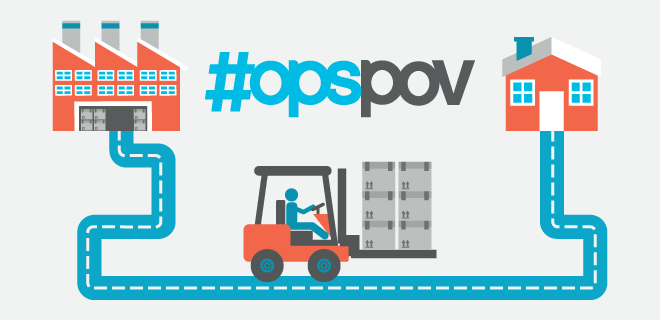
Consolidation in the tech vendor space has been a favorite industry prediction for so long, there’s almost something surprising about how it’s apparently right on top of us now. After years of what looked like constant growth and flourishing for the most reputable of all tech vendors, the client dollars are a little harder to come by these days. We’re going to be seeing some changes in the landscape between buyers and sellers, and it’ll be interesting to see who ends up re-aligning themselves where.
We’ve been hearing for a long time now about this trend of major brand advertisers taking programmatic efforts in-house. No doubt the financial pinch vendors are feeling is a symptom of all that. It’s certainly not that advertisers are spending less in programmatic. They’re just taking more processes under their own roofs… and keeping the cursed “vendor tax” in their pockets while they’re at it. Publishers have been watching the in-house trend, thinking, “Oh, sure, it must be nice when you have the bandwidth to buy some tech, maybe an entire ad tech company.”
Publishers have always lagged a little bit behind advertisers in terms of the sheer dollar investment they’ve been able to put into tech. You might expect this would be one more place where brands would bulk up their own resources while publishers figured out how to get by on their wits—all while continuing to pay regular fees to all those vendors.
But with vendor consolidation coming, maybe it’s bringing publishers a chance to get in on the action. If, for certain tech companies, the time is nigh to either hitch their wagon to a new horse or let themselves roll off a cliff, publishers would be in a fine position to grab some talent, some tech, a whole business if you’re large enough. Those assets might be up for grabs soon, and at enticing rates.
The largest publishers in the marketplace have already been leading the way toward taking tech in-house. Naturally, they can, because they actually have the budgets. Last week the news hit that Time Inc. was buying Adelphic, an ad platform particularly active in mobile, with the end goal of building out its own DSP. Acquisitions like this aren’t a new thing for Time Inc.—last year the company bought Viant, a data-driven ad platform that had in turn purchased a hobbled MySpace back in 2011. (A publisher buying an ad tech company that had bought a content platform—how the pendulum swings!)
Hearst is another huge player among that set of publisher companies that have made interesting tech acquisitions. Those acquisitions seem to have as much to do with Hearst diversifying its business assets as they do with positioning itself as a tech/data powerhouse. But it is certainly trying to do the latter—Hearst’s head of corporate tech, for one, has spoken about how they’re aiming to transform from a media company with a good tech stack to a tech company, straight up.
There are other publishers making strategic tech acquisitions, of course. You can always use Ad Ops Insider’s Ad Tech Mergers and Acquisitions Tracker to keep a record of who’s buying whom.
If you’re a publisher that’s maybe not as massive as a Time Inc. or a Hearst, you still need to think about what you can benefit from bringing tech chops in-house. The trend toward identity-based marketing is real and strong, and it all relies on publisher data. It also tends to rely on a vendor to process that data and turn it into value for advertisers. As a publisher, you’ve already got the data. What if you also had the resources in-house to do what you need to drive value for ad buyers?
Whatever your goals as a publisher business, there’s a chance your dream of taking more tech in-house might become a waking reality. You’ll be keeping an eye on the coming consolidation among vendors, anyway. You might as well think about how you can use it to your advantage.